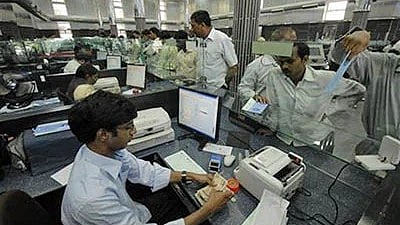A rating agency can be defined as an organization that rates the financial health of businesses and governmental bodies, particularly their capacity to 'make principal and interest payments on debts'. The rating given to a particular debt indicates the degree of trust an agency has in the borrower's ability to fulfill its contractual obligations.
To determine if a debt has a low or high default risk as well as the issuer's financial stability, each agency employs distinct letter-based scores.
Sovereign nations, regional and state administrations, businesses, non-profits, and institutions with specific purposes can all be the issuers of debt.
Standard and Poor's (S&P), Fitch Group, and Moody's Investor Services are among the leading companies. American companies Moody's and S&P control a large portion of the global market. With headquarters in both London and the United States, Fitch holds a sizable share of the world market.
Fitch Rating
The AAA through D rating system, which was first introduced by Fitch, is now the industry standard for ratings.Its issuer and issuer credit rating scale spans investment grade (AAA to BBB) and speculative grade (BB to D), with an extra +/- for AA through CCC levels denoting the likelihood of default or recovery.
Moody's Rating
Moody's and Fitch use different letter grades for different countries and companies' debt. The highest grade of investment grade debt is AAA, and the lowest is Baa3, which allows the debtor to pay back short-term debt.
Debt classified as speculative-grade, sometimes known as junk or high-yield, is inferior to investment grade. These grades fall between Ba1 and C, with a lower letter grade indicating a lower chance of repayment.
Standard & Poor's
Standard & Poor's Global Ratings division ranks debt instruments, such as bonds, and the companies issuing them on the basis of 'creditworthiness', which is defined as the probability of default or the inability to make timely payments on debts.
Either a letter on an A to D scale, sometimes enhanced by a plus or minus symbol or a number, represents each rating, much like academic grades do. According to S&P, risk decreases with increasing grade.
Rating agencies at Consumer level
Banks use the agency ratings to set the risk premium that will be applied to loans and bonds at the consumer level.
Interest rates for people and entities with low credit ratings rise as a result of the loan having a higher risk premium, which is indicated by a poor credit rating.
Borrowers can more easily access lower-interest loans from financial institutions or the public debt market with a good credit rating.










